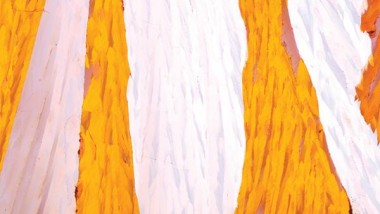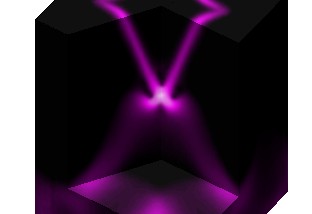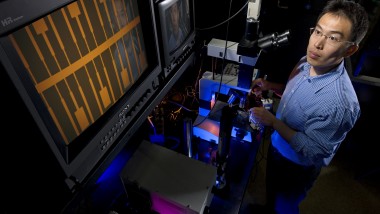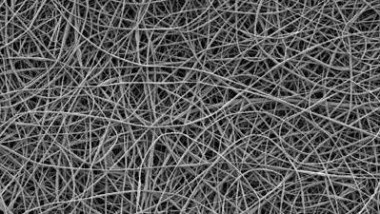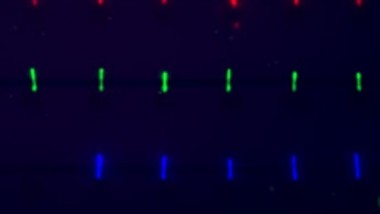Scientists at the University of California at Berkeley are developing new solar cells based on pyrite, otherwise known as fool’s gold. Fool’s gold is four or five times more plentiful than the silicon most commonly used in solar cells and ...
Overcoming Barriers for Organic Electronics
Researchers from Stanford University have recently shown that it is possible to create electronics basing on organic materials. This novel demonstration might help engineers to design better digital displays, ‘electronic newspapers’ and other futuristic devices that rely on such improvements ...
New Compound May Revolutionize Chip Technology
Scientists from the SLAC National Accelerator Laboratory at Stanford University have proven the existence of a new type of material that could increase the speed, performance and efficiency of future computer chips. The new material permits the flow of electrons ...
DuPont Unveils OLED that Lasts One Million Hours
Display maker DuPont has recently developed a novel third generation green organic light emitting diode (OLED) technology that has an incredible operating lifetime of over one million hours. The new material technology only emits green color and could lead to ...
Scientists Develop Artificial Skin
An interdisciplinary team of researchers from the Fraunhofer-Gesellschaft Institute has recently announced the completion of artificial skin produced in a fully automated process. Such a product could benefit pharmacologists, chemists, and doctors, who often have an urgent need for “skin ...
Carbon Nanotubes ‘See’ Full Visible Spectrum
Researchers at Sandia National Laboratory in Livermore, California have created the first carbon nanotube device capable of detecting light in the entire visible spectrum. This should enable scientists to study single molecules and how they react to light. The new ...
Electrospun Fibers Softer Than Silk
Researchers from the Massachusetts Institute of Technology (MIT) have developed a tissue-like material that is softer than silk and made up of fibers that are a thousand times thinner than a human hair. The unique fabric, according to the scientists, ...
Dream No More – the Invisibility Cloak is Here
Researchers from Berkeley Labs at the University of California have successfully developed a “carpet cloak” using nanostructured silicon that could eliminate the impression of an object placed underneath it. Even though the cloak itself remains visible, the protrusion created by ...
New Method Leads to Thinner Circuitry
Researchers at the University of Colorado, Boulder, have developed a novel technique using two separate colors of light to reduce the size of circuitry employed in nanotechnology devices such as computer chips and solar cells. Existing methods of creating patterns ...
New Generation Nanowire Assembly Technology
Researchers at Penn State’s Nanofabrication Laboratory have developed a new technique for assembling nanowires which could eventually allow the development of handheld ultra-portable devices that can identify and instantly report on a broad array of substances. The new technology could ...


